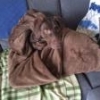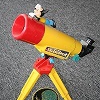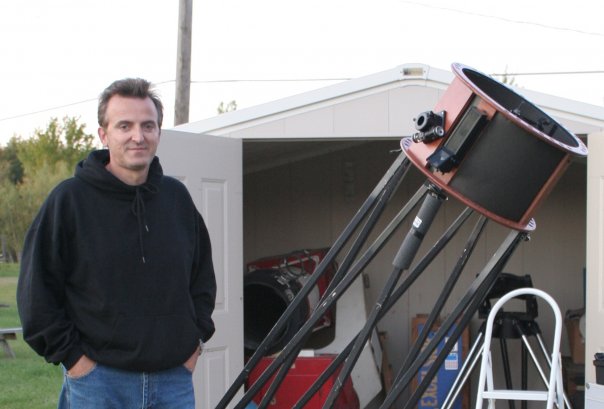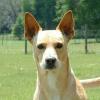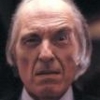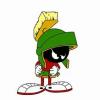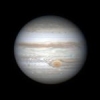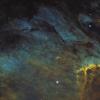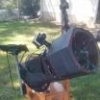10 years ago I owned a 10" LX200 that was definitely NOT in my sweet spot. Assembly made me nervous, and the overhead of setup, running extension cords, cool down, and tear down time was significant. Too many times (here in New England) I'd assemble the scope and start cool down and the clouds would roll in and I'd think of all the wasted time. At the time it was also a budget buster that left me with nothing extra for dew protection or premium eyepieces so I sold it after a few years.
Shortly thereafter I discovered something. I went back to my old 4.5" Tasco Newtonion and upgraded it with some good Plossls & Orthos. Suddenly, this department store scope was producing surprisingly sharp views and its extreme portability, which allowed me to take it out on a moment's notice, had me out with the scope and enjoying it more than the 10". Just by upgrading the eyepieces it became my new sweet spot scope.
This lesson led me to finally try the SCT route again last year when I bought an 8" EdgeHD on an AVX mount. But before purchase, my criteria was that it absolutely HAD to be just as fast and easy to setup as my 4.5" Tasco (which had had an accident). This led me to buy wheely bars, Tempest fans, a Dew Buster, and a good portable power supply. By going with a smaller scope (8" vs larger) it also gave me the extra budget for some premium eyepieces and advanced accessories. This scope is now the newest definition of sweet spot for me. I can roll it out in a moment's notice, there is nothing to assemble, it cools down quick, and between the EdgeHD optics and some great premium eyepieces the views are easily superior to what I recall seeing in the 10".
Someday I'd like to move up to a 14" scope--but if I do it will be an absolute requirement that setup, cool-down, and tear-down time and effort be equal to (or even better than) the 8" today. I'm not sure I have the room in the garage for such a huge scope on wheely bars, so it might take a backyard observatory to do that.
So as far as sweet spots go, I still measure it against the convenience and frequency of use of my old Tasco. If the scope is bigger, but I'm able to use it just as conveniently and frequently as that old scope, then it must be in the sweet spot. If its not, I know now that I probably just won't have the time and patience to use it enough to justify the price.
Edited by Dave D, 23 June 2015 - 07:24 AM.


